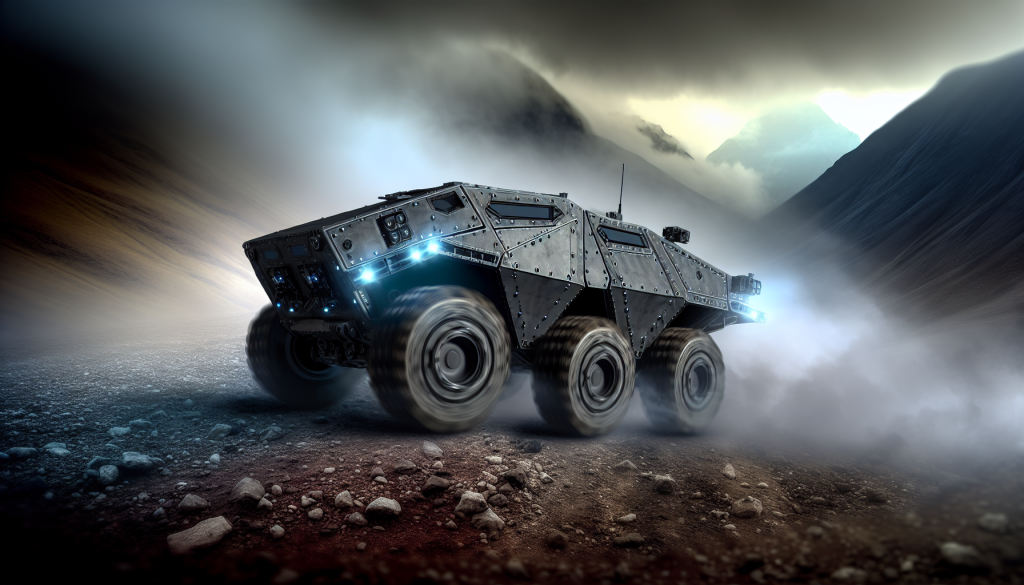BAE Systems is breaking new ground in military technology with a joint effort alongside Forterra and the US Army’s Armored Multi-Purpose Vehicle (AMPV) program to develop an autonomous version of their armored vehicle. This collaboration marks a significant moment in defense innovation, reflecting BAE Systems’ newly launched “capability kit” modernization strategy, representing an ambitious effort to modernize military capabilities efficiently.
The objective is to expedite the traditionally lengthy defense development cycle by leveraging cutting-edge commercial technologies. Their target? To roll out a prototype of the autonomous AMPV by 2026, followed by a comprehensive demonstration to showcase its capabilities.
Emphasis on Innovation at Commercial Speed
This recent announcement, made on September 30, highlights the urgent necessity for defense sectors to adapt combat vehicles rapidly in response to an increasingly complex landscape of multi-domain threats. Bill Sheehy, Director of BAE’s land maneuvers product line, expressed the essence of this partnership: “This partnership is not about buzzwords; we are rolling up our sleeves and offering concrete options that will enable the Army to maintain its dominance on any battlefield.” He emphasized that merging BAE’s extensive combat vehicle manufacturing experience with Forterra’s advanced autonomy software will equip the Army with a vital edge.
Forterra’s Vice President of Defense Growth, Patrick Acox, adds another layer to this conversation, stating that Forterra’s AutoDrive system will lay the groundwork for the necessary infrastructure to support these advanced autonomous systems, ultimately creating “a stronger shield for national security.”
Modular Architecture and Wide Application Area
The AMPV is engineered as a tracked vehicle designed to phase out the aging M113 family in the US Army. Notably, it will collaborate with the Bradley Infantry Fighting Vehicles and Paladin self-propelled howitzers, demonstrating a cohesive operational framework. Central to this advancement is the Forterra AutoDrive system—an autonomous driving platform that is versatile and modular, aimed at providing cross-platform interoperability.
This open-architecture software will enable the Army to seamlessly integrate an array of payloads and missions beyond the AMPV. The addition of autonomous functionalities, like supply delivery, casualty evacuation, or reconnaissance missions, paves the way for high-risk endeavors without putting human crews in harm’s way. This adaptability also extends to the broader framework of the Armored Brigade Combat Team (ABCT), facilitating modifications for other vehicles like the Bradley A4 and M109A7 Paladin.
Changing Trend in Defense Procurement
This collaborative effort underscores a transformative trend within the Pentagon concerning defense procurement practices. The recent shift prioritizes rapid delivery and performance upgrades, circumventing the need for complete overhauls. Military contractors are increasingly urged to develop modular systems, ensuring that military vehicles remain equipped to counter emerging threats such as unmanned drones, electronic warfare, and autonomous adversaries. The call for plug-and-play technology packages that allow for quick integration is being strongly echoed across military strategy and operations.
BAE Systems’ recent announcements of internal investments geared toward producing technologically advanced prototypes equipped with these “capability kits” further enhance this initiative. With full production of the AMPV projected for 2023, we stand on the cusp of a new era in military innovation.

